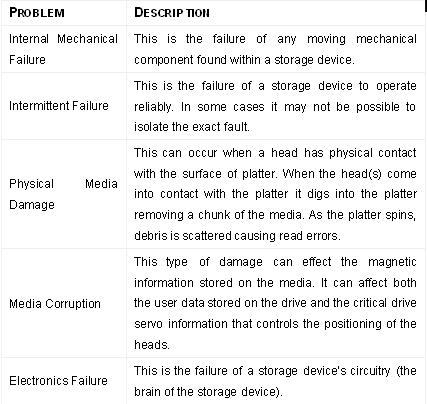
Heat Makes Data Storage Faster
A new way of magnetic recording using heat will allow data processing hundreds of times faster than by current hard drive technology, – British researchers say.
International research led by the physics department at the University of York found heat could be used to record information onto magnetic media at a much faster rate than current technologies, a York release said Tuesday.
“Instead of using a magnetic field to record information on a magnetic medium, we harnessed much stronger internal forces and recorded information using only heat,” York physicist Thomas Ostler said.
“This revolutionary method allows the recording of Terabytes (thousands of Gigabytes) of information per second, hundreds of times faster than present hard drive technology. As there is no need for a magnetic field, there is also less energy consumption.”
Until now it has been believed that in order to record one bit of information — by inverting the poles in a magnetic medium — there was a need to apply an external magnetic field.
The researchers demonstrated the positions of the poles of a magnet can be inverted by an ultrashort heat pulse, harnessing the power of much stronger internal forces.
“For centuries it has been believed that heat can only destroy the magnetic order, now we have successfully demonstrated that it can, in fact, be a sufficient stimulus for recording information on a magnetic medium.” ” said Alexey Kimel of the Radboud University Nijmegen in the Netherlands.

